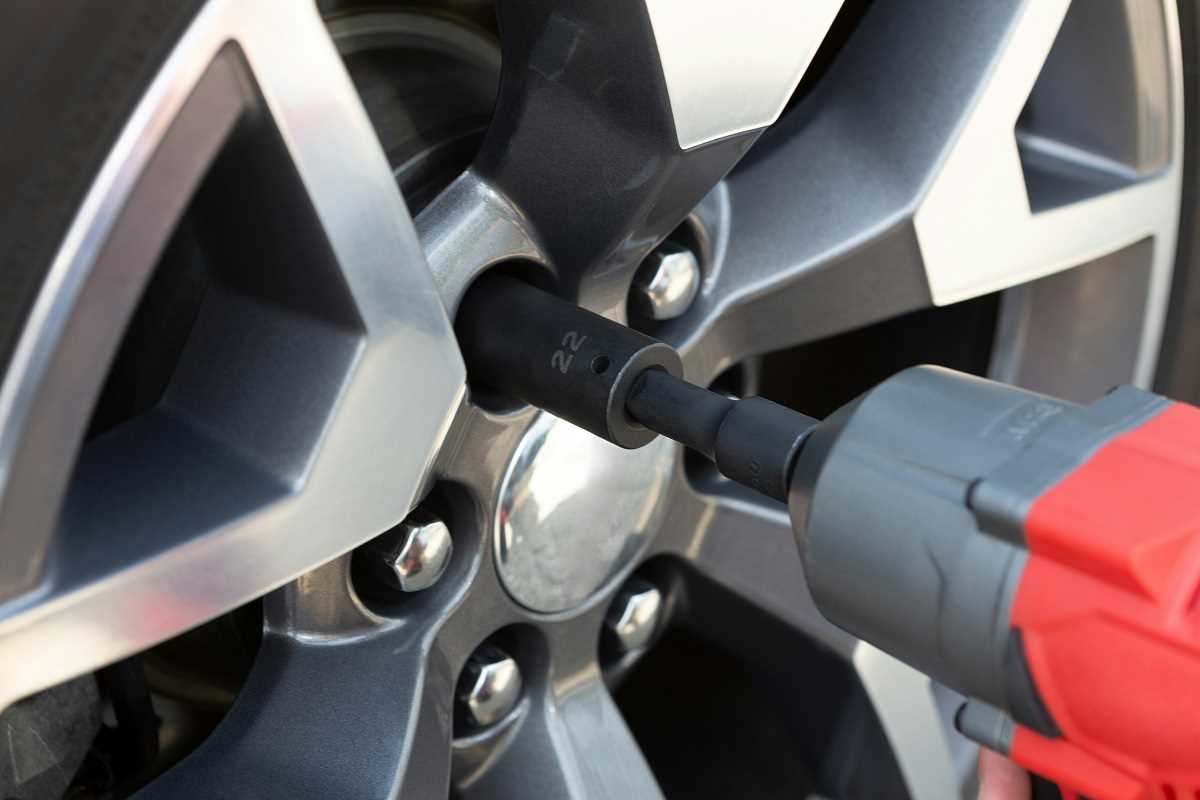Thinking about making the switch to an electric vehicle? You're not alone! As more folks consider going electric, there's a lot to understand before taking the plunge. I remember when I was shopping for my first EV, it felt like learning a whole new language with terms like "regenerative braking" and "DC fast charging." But don't worry, I've got your back with some practical advice to help you navigate this exciting transition.
Making the transition to electric driving involves some lifestyle adjustments, but most new owners adapt quickly and find the benefits far outweigh the initial learning curve. The quiet, smooth ride and instant torque are immediately noticeable, and the convenience of "fueling up" at home rather than stopping at gas stations is something most EV drivers come to appreciate deeply.
Understanding Range and Your Driving Needs
Real-world range can differ from the EPA estimated figures, especially in extreme weather conditions or when driving at highway speeds. As a general rule of thumb, I recommend looking for an EV with at least 30-50% more range than your typical daily driving needs. This buffer gives you flexibility for unexpected trips and helps reduce any anxiety about running low on charge. When I first bought my EV, I tracked my daily mileage for two weeks beforehand and discovered my average daily driving was actually much less than I had estimated, about 35 miles instead of the 60 I had guessed.
If you're considering a used EV, pay particular attention to the battery health and degradation history. Most modern EVs experience only minor battery degradation (typically 10-15% over 100,000 miles), but some earlier models or heavily used vehicles might show more significant capacity loss. Ask for documentation of the current battery capacity compared to when it was new, and consider having an independent inspection before purchase. My brother recently purchased a three-year-old electric SUV that still had 94% of its original battery capacity, a great value for the price.
- Analyze your typical weekly driving patterns, including commuting, errands, and weekend activities
- Add a 30-50% buffer to your typical daily range needs when choosing an EV
- Consider seasonal temperature variations in your area and their impact on range
- Look at charging speed metrics (miles per minute of charging) for long-trip planning
- For used EVs, request battery health reports showing current capacity percentage
Home Charging Solutions
Home charging is one of the greatest conveniences of EV ownership, allowing you to start each day with a full "tank." While most EVs come with a basic Level 1 charger that plugs into a standard 120V outlet, this typically only adds 3-5 miles of range per hour of charging. For most drivers, installing a Level 2 charger (240V) is worth the investment, as it can add 25-35 miles of range per hour. This means even longer daily commutes can be easily replenished overnight. When we installed our first home charger, the electrician mentioned it was becoming one of his most common service calls.
Smart chargers with scheduling capabilities, usage monitoring, and smartphone integration offer convenient features that make EV ownership easier. These units allow you to track your energy usage, start or stop charging remotely, and ensure your vehicle charges during the lowest rate periods. Some can even integrate with home solar systems to maximize the use of self-generated electricity. While these units cost more upfront than basic chargers, the additional features often justify the investment for most owners. Our smart charger has paid for its premium price through the energy cost savings from automatic off-peak scheduling alone.
Public Charging Networks and Planning for Longer Trips
Familiarize yourself with the major charging networks in your region and download their apps before taking delivery of your EV. Each network typically requires its own app or RFID card for activation, and having these set up in advance will make your first public charging experiences much smoother. Take some time to understand the pricing structures, which can vary significantly between networks, some charge by the kilowatt-hour, others by time, and some have session fees or membership options. My daughter found this confusing at first, so we spent an afternoon setting up all the relevant apps on her phone before her first road trip.
Consider your vehicle's charging port type and compatibility with different charging networks. Most non-Tesla EVs in North America use the Combined Charging System (CCS) standard, while Tesla has its own connector (though adapters are becoming more widely available). Some newer vehicles are now being delivered with the NACS (North American Charging Standard, formerly Tesla's proprietary connection) or will have adaptors available. Understanding which plugs your vehicle can use will help you identify compatible charging options. I initially overlooked this when planning a trip through an area with only CHAdeMO fast chargers, which my CCS-only vehicle couldn't use.
Financial Considerations Beyond the Sticker Price
The total cost of EV ownership often compares favorably to conventional vehicles when you factor in fuel savings, reduced maintenance, and available incentives. Create a spreadsheet to compare your current vehicle's operating costs (fuel, oil changes, maintenance) against projected EV costs (electricity, minimal maintenance) over a 5-year period. For many drivers, the operational savings can offset a significant portion of the higher initial purchase price. When I ran these numbers for my own situation with a 15,000 annual mileage, I calculated about $8,000 in operational savings over five years compared to my previous gas vehicle.
Federal tax credits of up to $7,500 are available for many EV models, though eligibility depends on vehicle price, manufacturing location, and your personal tax situation. Additionally, many states offer their own incentives ranging from rebates and tax credits to HOV lane access and reduced registration fees. These incentives can significantly reduce your effective purchase price, but be sure to research current programs as they frequently change. In my state, combining the federal tax credit with a $2,500 state rebate effectively reduced the price of my EV by $10,000.
Consider the timing of your purchase in relation to upcoming model refreshes or new vehicle releases. The EV market is evolving rapidly, with significant improvements in range, charging speed, and features appearing with each new generation. If a manufacturer has announced a major update to a model you're considering, it might be worth waiting for the newer version or negotiating a better deal on the outgoing model. I saved almost $6,000 by purchasing a previous-generation model just as the newer version was being announced, and the differences weren't significant enough to justify the premium for my needs.
Understanding EV Operation and Maintenance Differences
One of the most significant adjustments for new EV drivers is understanding regenerative braking, which slows the vehicle while recapturing energy when you lift off the accelerator. Many EVs offer different levels of regenerative braking, from mild (feeling similar to engine braking in a conventional car) to strong "one-pedal driving" where the car can come to a complete stop without touching the brake pedal. Take time during test drives to experience these different settings and understand how they affect the driving experience. Most drivers, including myself, come to prefer stronger regenerative braking once they adjust to it, as it makes driving in traffic less fatiguing.
Tires for EVs require special consideration due to the vehicles' instant torque and typically heavier weight. EV-specific tires are designed with these factors in mind, offering better wear characteristics and often reduced road noise, which is more noticeable in the quiet cabin of an electric vehicle. When replacing tires, look for options marked as EV-rated and consider load ratings appropriate for your vehicle's weight. I learned this lesson after wearing through a set of standard tires in just 25,000 miles on my first EV, switching to EV-specific tires more than doubled my subsequent tire life.
What to Look For in an EV
When test driving an EV, pay particular attention to the regenerative braking settings and how they affect the driving experience. Try all available modes, from the most aggressive one-pedal driving to more conventional coasting. This characteristic significantly impacts how the car feels to drive and can be a major factor in day-to-day satisfaction. Take enough time during your test drive to begin adapting to this different driving style, what might feel strange in the first five minutes often becomes intuitive and preferred after twenty minutes of practice. My wife initially disliked the strong regenerative braking but now finds conventional cars frustrating to drive in comparison.
Taking the leap into EV ownership is an exciting step that most drivers find rewarding once they adjust to the differences. The technology continues to improve rapidly, with each new generation offering better range, faster charging, and more intuitive features. By focusing on your specific needs rather than getting caught up in spec sheet comparisons, you'll find an electric vehicle that integrates seamlessly into your lifestyle while providing the performance, convenience, and efficiency that make EVs so compelling. Remember, the best EV for you isn't necessarily the one with the highest range or most impressive acceleration, it's the one that fits your daily life while bringing a smile to your face when you drive it.
 (Image via
(Image via
.jpg)




